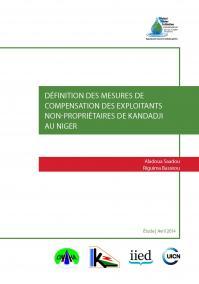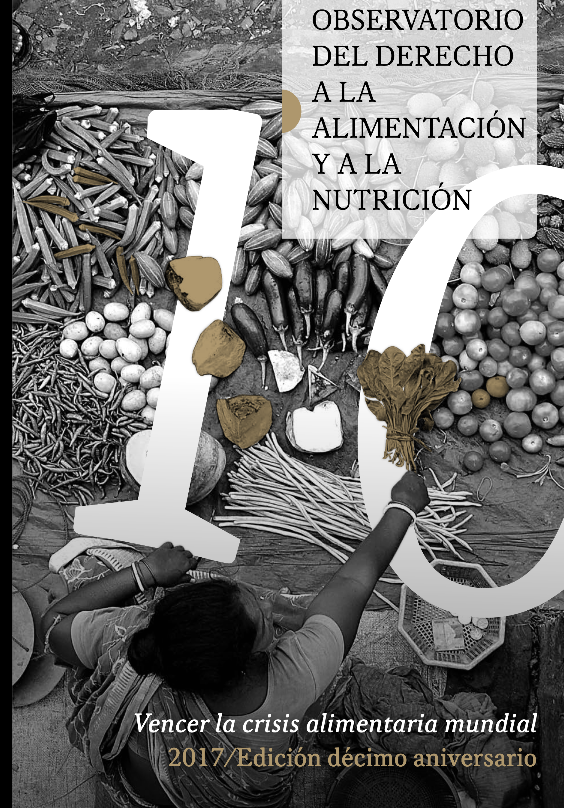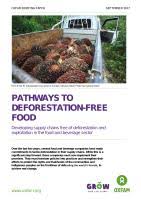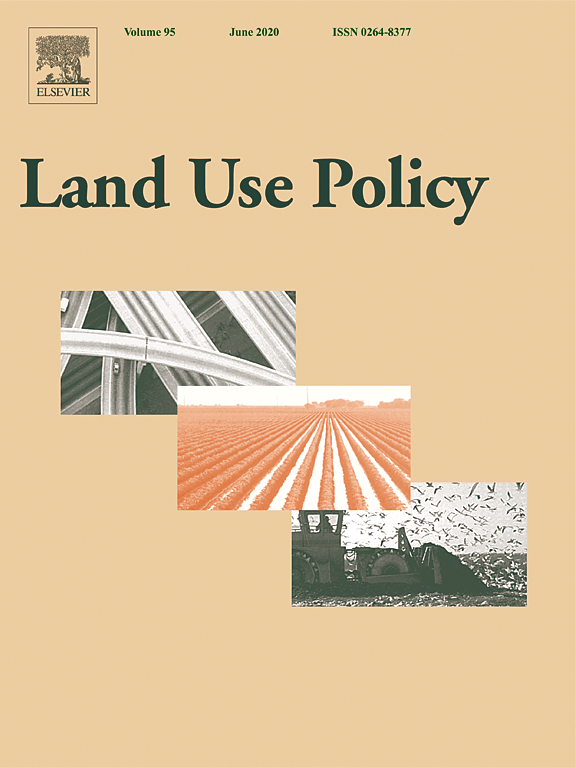Climate-Smart Agriculture in Bangladesh
Guide to improving land tenure security in irrigation schemes in Niger
There are 85 irrigation schemes in Niger that cover around 16,000 ha and are cultivated by 40,000 farmers. The informal status of these irrigation schemes, and their occupants, has created problems due to population growth and the increasing scarcity of natural resources. Holders of traditional land rights have challenged government decisions concerning land attributions and property rights within the schemes, and have occasionally prevented construction from proceeding.
Guide de sécurisation foncière sur les aménagements hydro-agricoles au Niger
Le Niger compte aujourd’hui 85 aménagements hydro-agricoles (AHA), qui s’étendent sur environ 16 000 hectares et font travailler plus de 40 000 exploitants. Avec la pression démographique et la raréfaction des ressources naturelles disponibles pour l’activité agricole, l’informalité de la gestion du foncier des AHA et du statut des personnes qui les exploitent est devenue problématique.
Defining compensation measures for non-landowning producers at Kandadji in Niger
Construction of the Kandadji dam in Niger will involve, among other consequences, the appropriation of agricultural land owned by customary holders but also in many cases sub-holdings of other non-landowners. The government offered a long lease of 50 years for owners in compensation for their expropriated property rights.
How should the State compensate for the loss of the right of use by non-landowners farming land expropriated for the development of the Kandadji dam? This study aims to answer this question and proposes the use of a 'contract of occupation'.
Analyse des systèmes de production du périmètre irrigué de Bagré (Burkina Faso)
Le développement de l’irrigation fait partie des stratégies prioritaires dans les pays du Sahel pour lutter contre la pauvreté et l’insécurité alimentaire. À l’heure où les gouvernements s’engagent, une fois de plus, à augmenter les superficies irrigables, il a semblé pertinent d’analyser, conformément aux lignes directrices de la CEDEAO, les résultats obtenus sur des grands périmètres aménagés dans les années 80 et 90 afin d’en tirer les leçons pour les aménagements futurs.
Analysis of the productive systems in the Bagré irrigation scheme (Burkina Faso)
The development of irrigation is one of the priority strategies in the Sahel countries to tackle poverty and food insecurity. At a time when governments are once again committing to increase irrigable areas, it seemed relevant to analyze, in line with the ECOWAS guidelines, the results achieved in large irrigated schemes developed in the 1980s and 1990s to draw lessons for future developments.
Vencer la crisis alimentaria mundial 2017
La edición del décimo aniversario del Observatorio del Derecho a la Alimentación y a la Nutrición hace balance de la última década y mira al futuro para analizar los desafíos y las oportunidades que pueden anticiparse para los años venideros. Su objetivo es contribuir a la lucha por la realización del derecho a la alimentación y a la nutrición y por la soberanía alimentaria, y a vencer la actual crisis multidimensional.
Pathways to Deforestation-Free Food: Developing supply chains free of deforestation and exploitation in the food and beverage sector
Hidden in the food we buy every day, from chocolate to ice cream, are commodities like palm oil and soy that are driving deforestation across the world. From Indonesia to the Peruvian Amazon, vast areas of carbon-rich forest are being cleared to produce these agricultural commodities, contributing to climate change and social conflict.
Land Legacy Issues - Guidance on Corporate Responsibility
This Guide aims to inform companies that hold land or purchase land directly from companies that hold land. It provides operational guidance for companies confronting “legacy land issues” and clarifies a company’s roles and responsibilities in dealing with legacy land issues in their existing holdings, while also providing direction on where to look for more detailed information and tools.
Convergence of Romanian and Europe Union agriculture – evolution and prospective assessment
This paper presents forecasts related to the evolution of agricultural production in Romania, relative to the European Union average and to other countries (France, Germany, and Hungary) while taking into consideration the production potential of Romanian agriculture and opportunities to mobilize certain additional financial sources intended for the growth of intermediate consumption and implicitly of the value of agricultural production.
Transformations of the Romanian agricultural paradigm under domestic economic policy reforms: An analysis during 1960–2011
The main aim of this paper is to investigate the transformations of the Romanian agricultural paradigm under the domestic economic policy reforms. An econometric approach is adopted by analyzing the evolution of Romanian agriculture between 1960 and 2011 from the perspective of its implications on residential land economy. This methodological choice relies on its high degree of applicability and its ability to reveal the massive transformation of the Romanian agricultural paradigm during the period under focus.









